We use affiliate links. If you purchase something using one of these links, we may receive compensation or commission.
Fermenting raw milk is an age-old practice that transforms this humble ingredient into a range of delicious and health-boosting foods. From tangy yogurt to creamy kefir, fermenting raw milk at home not only enhances its nutritional profile but also opens up a world of culinary possibilities. In this blog post, we’ll explore the benefits of fermenting raw milk, provide step-by-step instructions, share personal anecdotes, and include insights from fellow enthusiasts who have perfected the craft.
Why Ferment Raw Milk?
Fermenting raw milk is a tradition that dates back thousands of years. This process not only preserves the milk but also enhances its nutritional value and digestibility. When milk is fermented, beneficial bacteria convert lactose, the sugar in milk, into lactic acid. This process creates a slightly tangy flavor and introduces
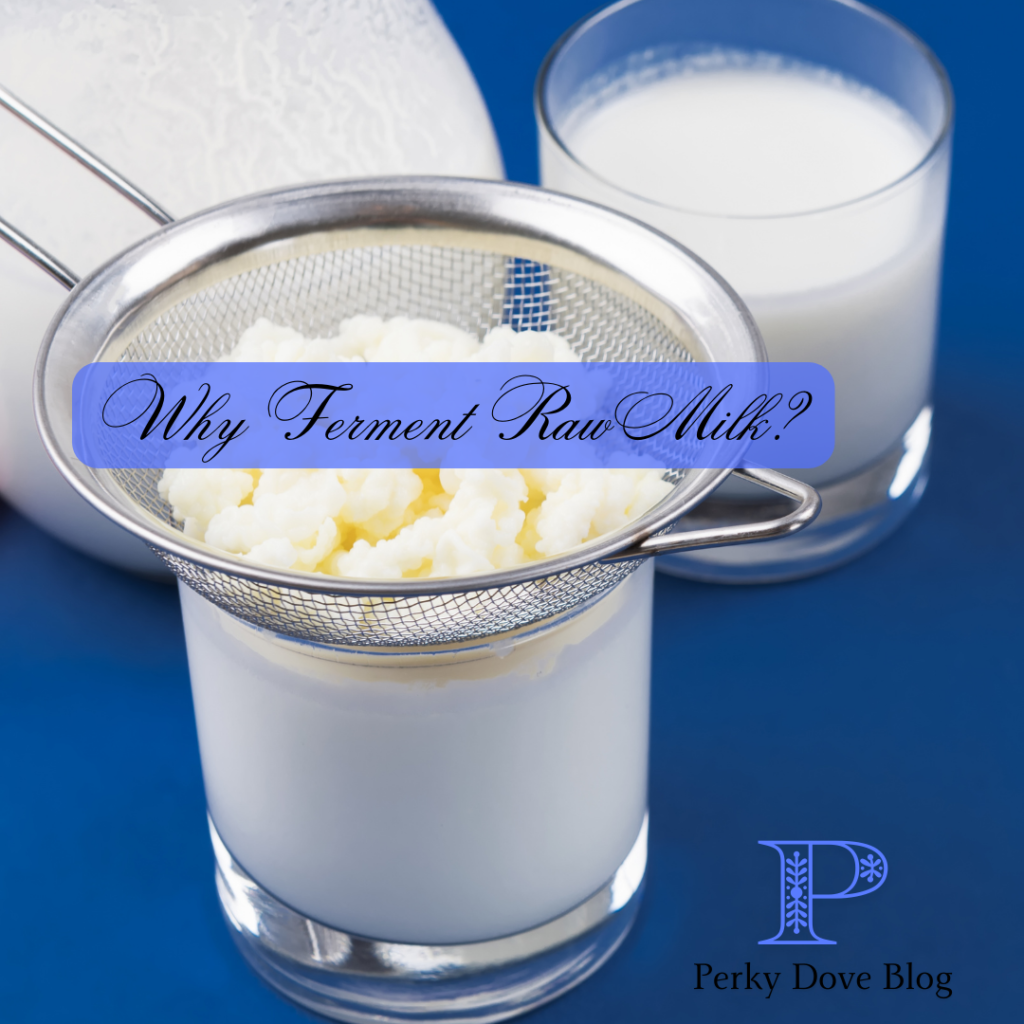
Health Benefits:
- Probiotics: Fermented raw milk is teeming with
probiotics that help balance the gut microbiome, improve digestion, and boost the immune system . - Lactose Digestion: The fermentation process breaks down lactose, making fermented milk easier to digest for those with lactose intolerance .
- Nutrient Absorption: Fermentation enhances the bioavailability of nutrients, meaning your body can absorb and use them more effectively .
- Natural Preservation: Fermented foods have a longer shelf life due to the natural preservation process.
- Pickle Kit, Sauerkraut Making Kit Kimchi Container - Fermenting Kit Fermentation Airlock Lids for Small Mouth Mason Jars, Fermentation Weights & Tam...
Getting Started: Fermenting Raw Milk at Home
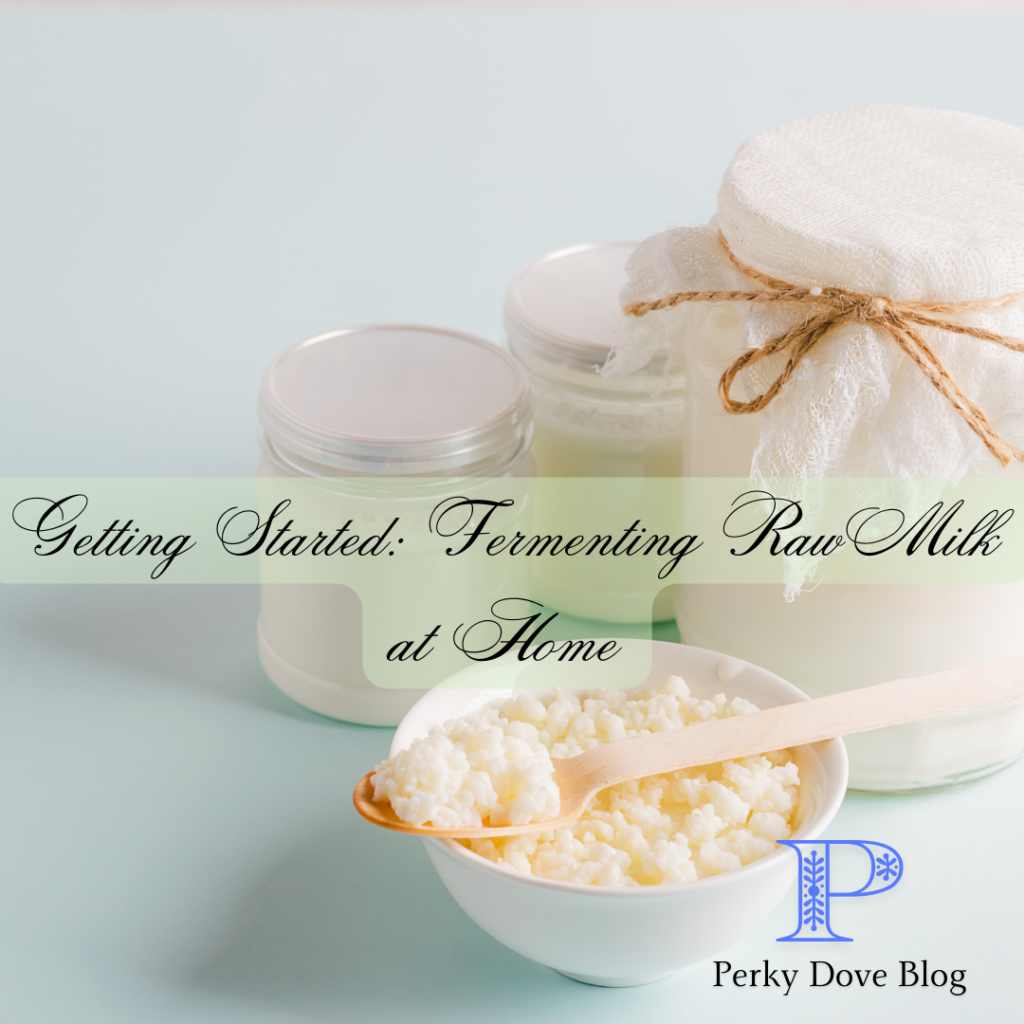
What You’ll Need:
- Raw Milk: Fresh, unpasteurized milk from a trusted source.
- Starter Culture: This can be a bit of commercial yogurt, kefir grains, or a specialized starter culture.
- Clean Jar: A glass jar with a lid.
- Cheesecloth: For covering the jar during fermentation.
- 2 Fermenting Mason Jars, 2 Fermentation Weights & 2 Fermenting Lids
Steps to Ferment Raw Milk:
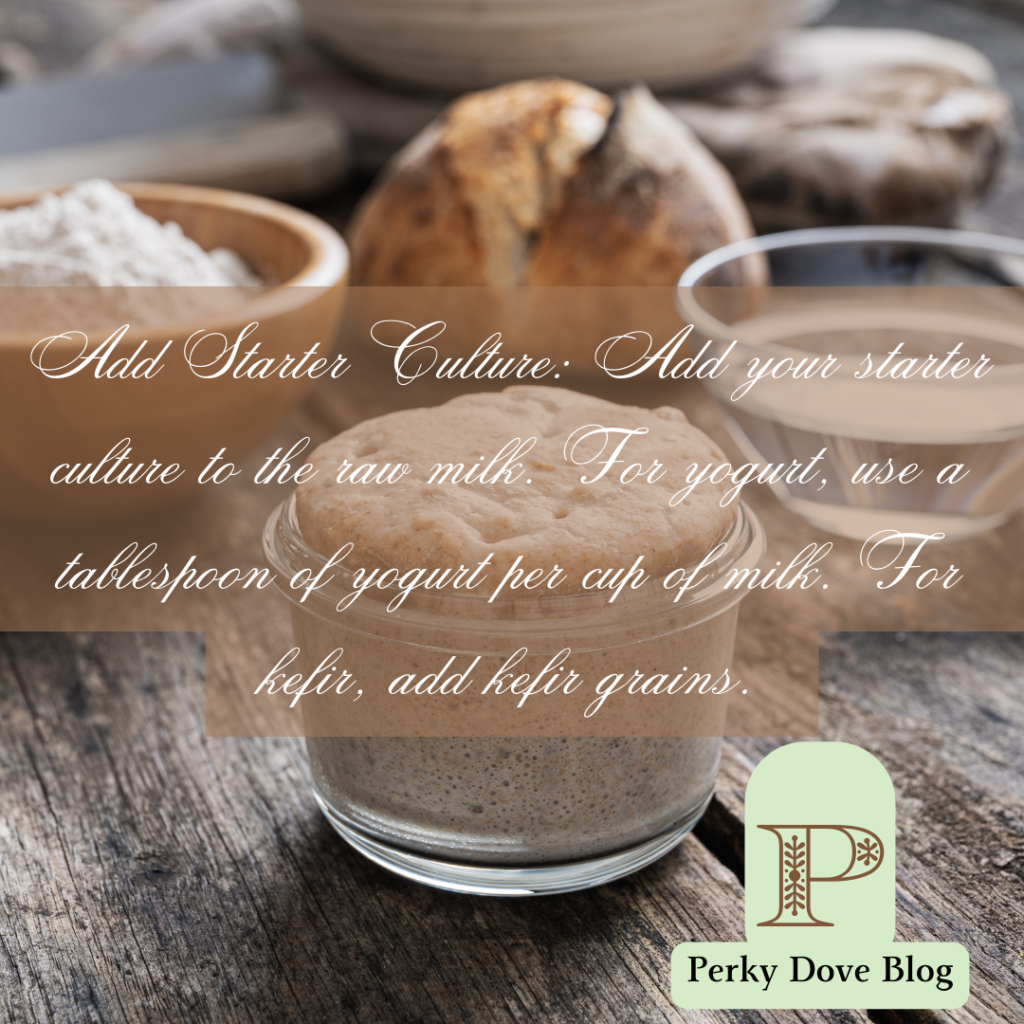
- Choose Your Ferment: Decide whether you want to make yogurt, kefir, or another fermented product.
- Add Starter Culture: Add your starter culture to the raw milk. For yogurt, use a tablespoon of yogurt per cup of milk. For kefir, add kefir grains.
- Ferment: Cover the jar with a cheesecloth and let it sit at room temperature. Yogurt typically takes 6-12 hours, while kefir can take 24-48 hours.
- Check and Taste: Once the milk has thickened and has a tangy taste, it’s ready. Taste periodically to achieve your desired level of fermentation.
- Store: Once fermented, cover the jar with a lid and store it in the refrigerator.

Personal Anecdote: My Journey with Fermenting Raw Milk
I still remember the first time I decided to ferment raw milk at home. It was a chilly winter afternoon, and I had just returned from the local farmer’s market with a gallon of fresh raw milk. Inspired by stories of ancient traditions and modern health benefits, I decided to try my hand at making yogurt.
Pickling and Fermenting for Beginners: The Complete Guide to Pickling and Fermenting with Easy Recipes for Quick, Fermented & Sweet Pickles, Sauerkraut, Pickled Meat, Fish & Eggs & Ferment...
The process was simple yet magical. I mixed a spoonful of organic yogurt into a jar of raw milk and let it sit on my kitchen counter. As hours passed, I would occasionally peek at the jar, eagerly awaiting the transformation. By the next morning, I had my first batch of homemade yogurt. The taste was unparalleled – creamy, tangy, and rich. This initial success spurred me on to explore other fermented milk products, each with its own unique flavor and texture.
Insights from Fellow Enthusiasts
To provide a broader perspective, I reached out to a few friends who are passionate about fermenting raw milk. Here are their stories:
Sarah, a homemaker from Vermont: “Fermenting raw milk has become a staple in our household. My kids love the homemade kefir smoothies I make for breakfast. It’s a great way to ensure they’re getting their
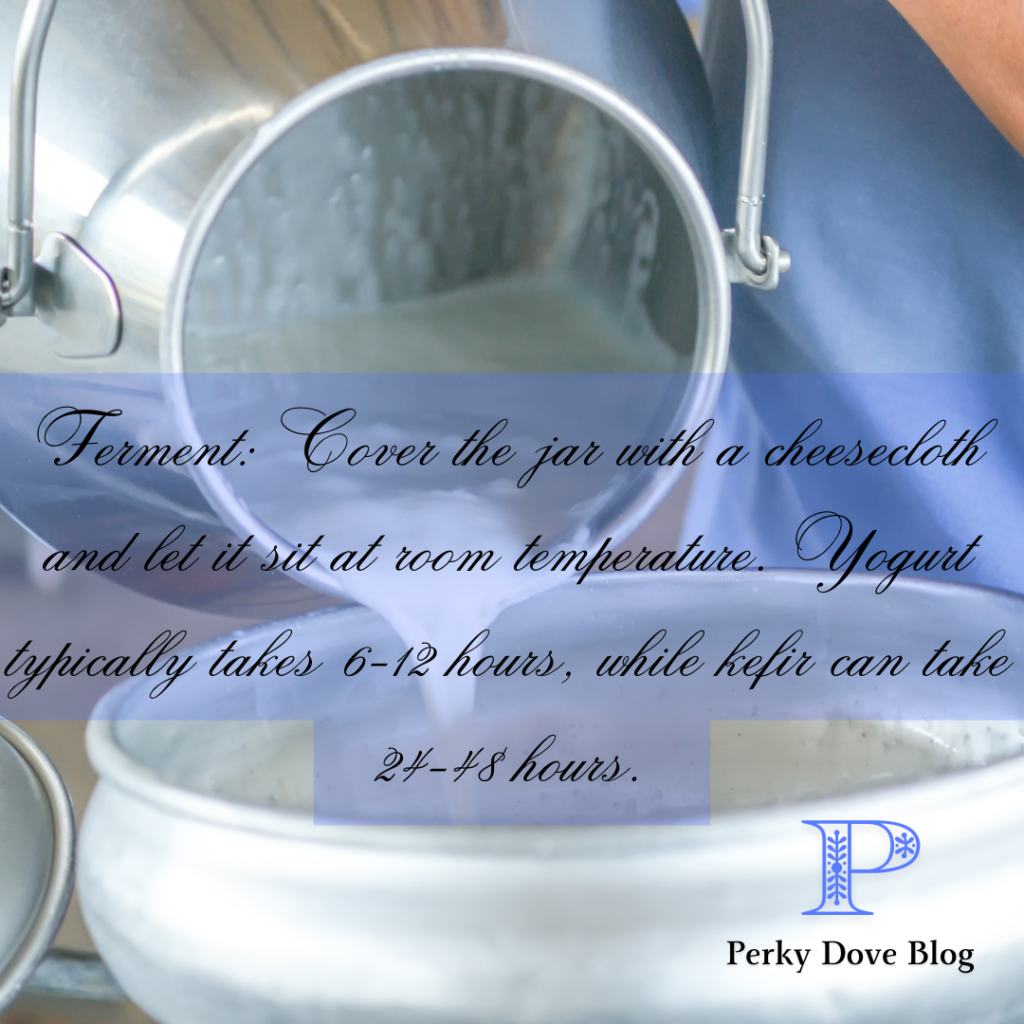
John, a chef from California: “As a chef, I’m always experimenting with new ingredients. Fermenting raw milk has opened up so many culinary possibilities. I use homemade yogurt in dressings, marinades, and even desserts. The flavor is so much more vibrant than anything store-bought.”
Emma, a nutritionist from New York: “I recommend fermented raw milk to many of my clients. The
Conclusion
Fermenting raw milk at home is a rewarding practice that connects us to a rich culinary heritage while providing numerous health benefits. Whether you’re new to fermentation or a seasoned pro, the process is simple, enjoyable, and endlessly versatile. So why not give it a try? Grab some raw milk, a starter culture, and embark on your own fermentation adventure. Your gut – and taste buds – will thank you.
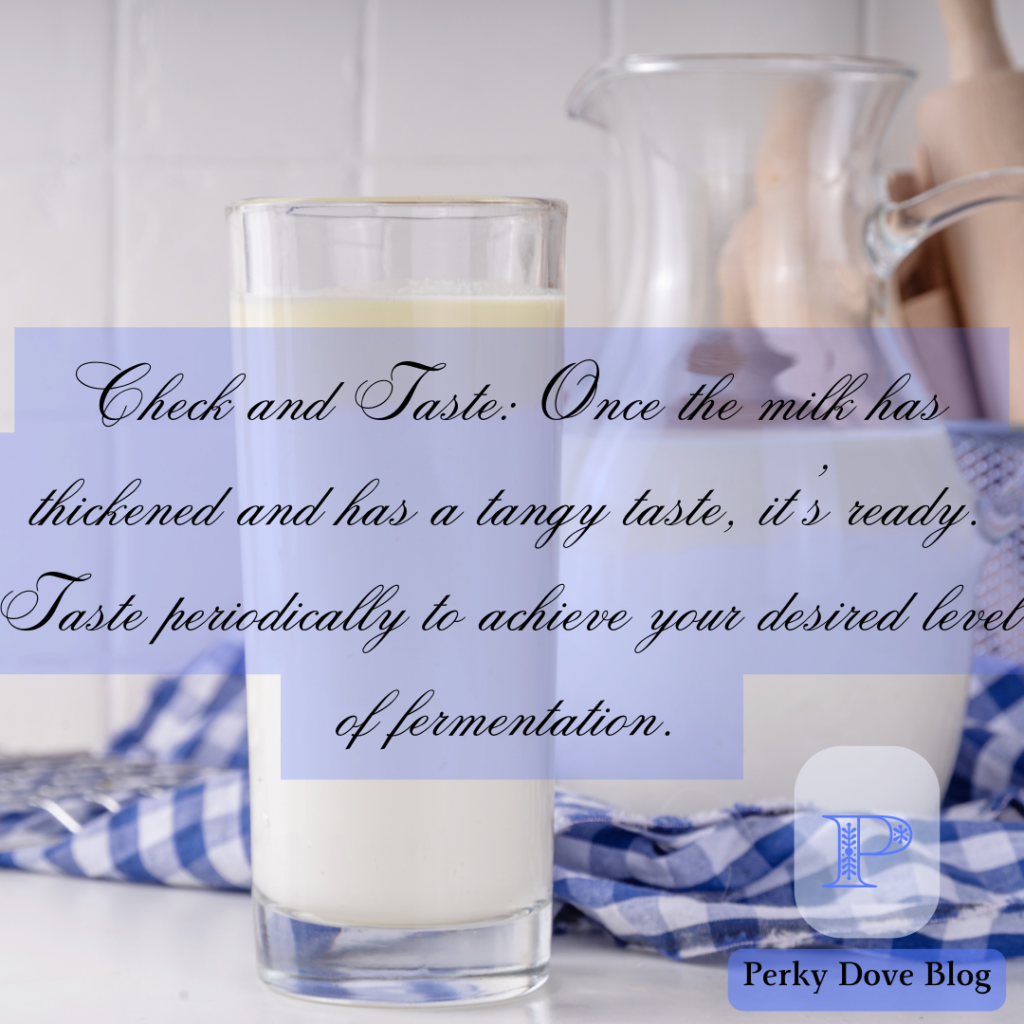
Footnotes:
- “The Benefits of Fermented Foods,” Harvard Health Publishing, Harvard Medical School. Available at: Harvard Health Publishing
- “Fermentation for Beginners: The Ultimate Guide to Fermenting Foods at Home,” by Dr. Erica Patterson. Available at: Fermentation Guide
- “Probiotics and Their Role in Digestive Health,” National Center for Complementary and Integrative Health. Available at: NCCIH
- Personal interviews with Sarah Thompson, John Williams, and Emma Clark, June 2024.
Ready to embark on your own fermentation journey? Don’t wait any longer! Grab some fresh raw milk, choose your starter culture, and start experimenting in your kitchen today. Share your experiences and creations with us in the comments below or on social media using #FermentingRawMilk. Let’s revive this nourishing tradition together and enjoy the health benefits and delicious flavors of homemade fermented milk products. Happy fermenting!
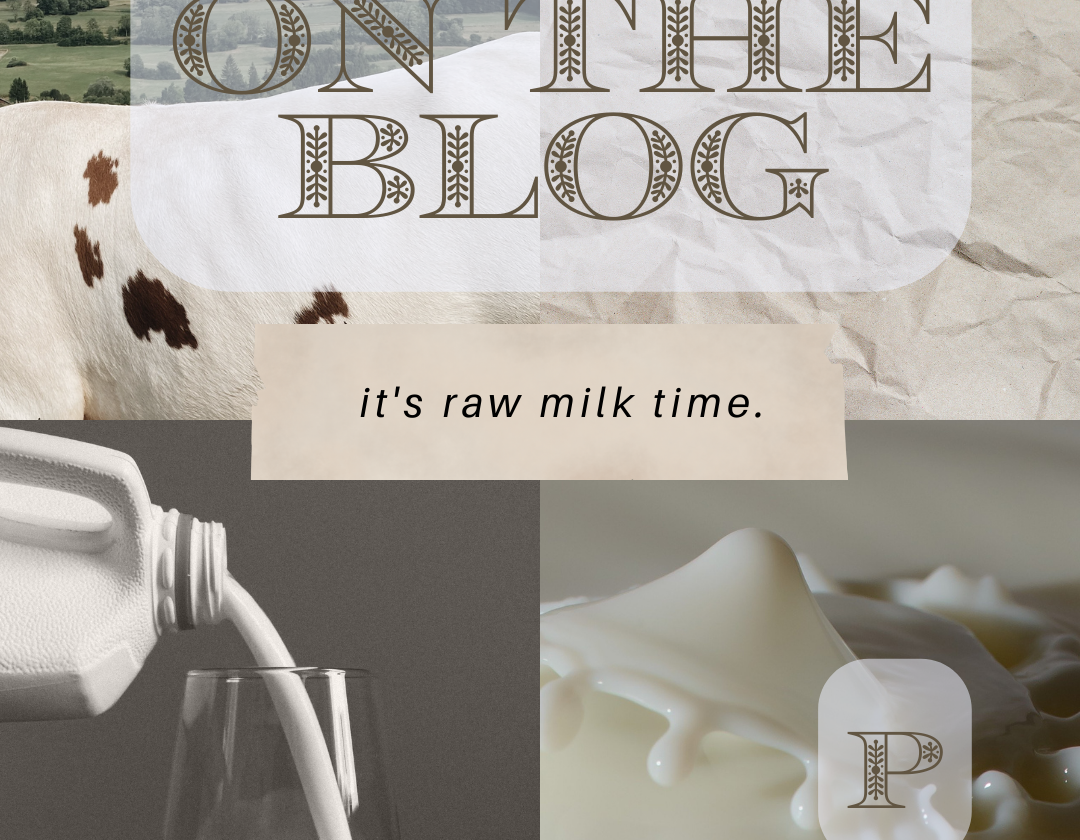







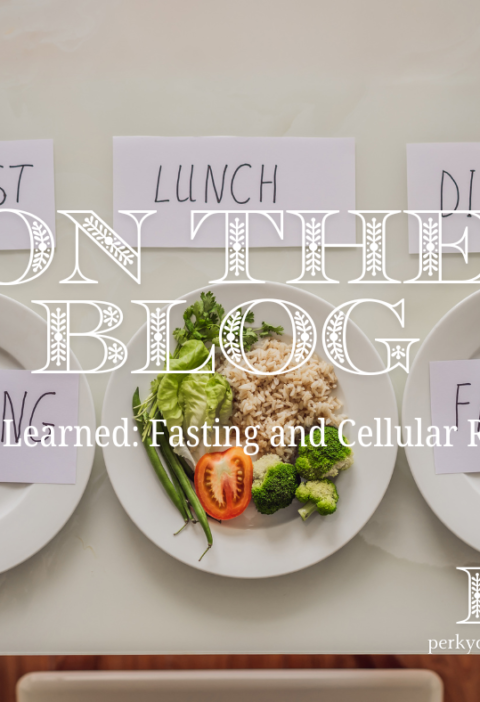
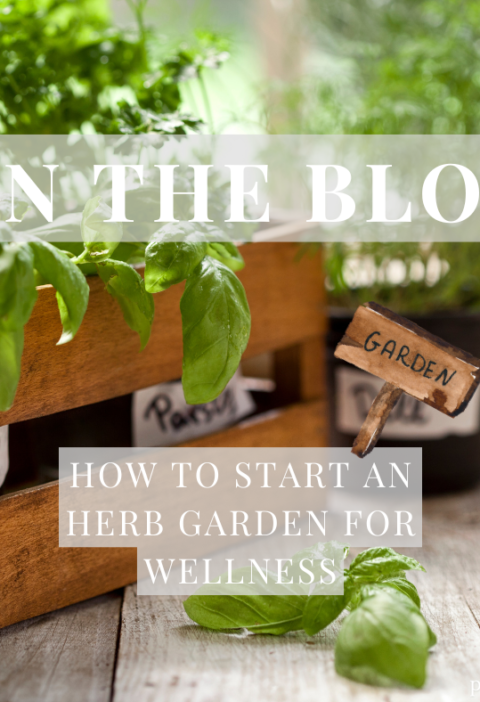
[…] shelf-stable milk or powdered milk equivalent. Store in a cool, dark place and rotate regularly. Learn to make your own milk alternatives from stored nuts or […]